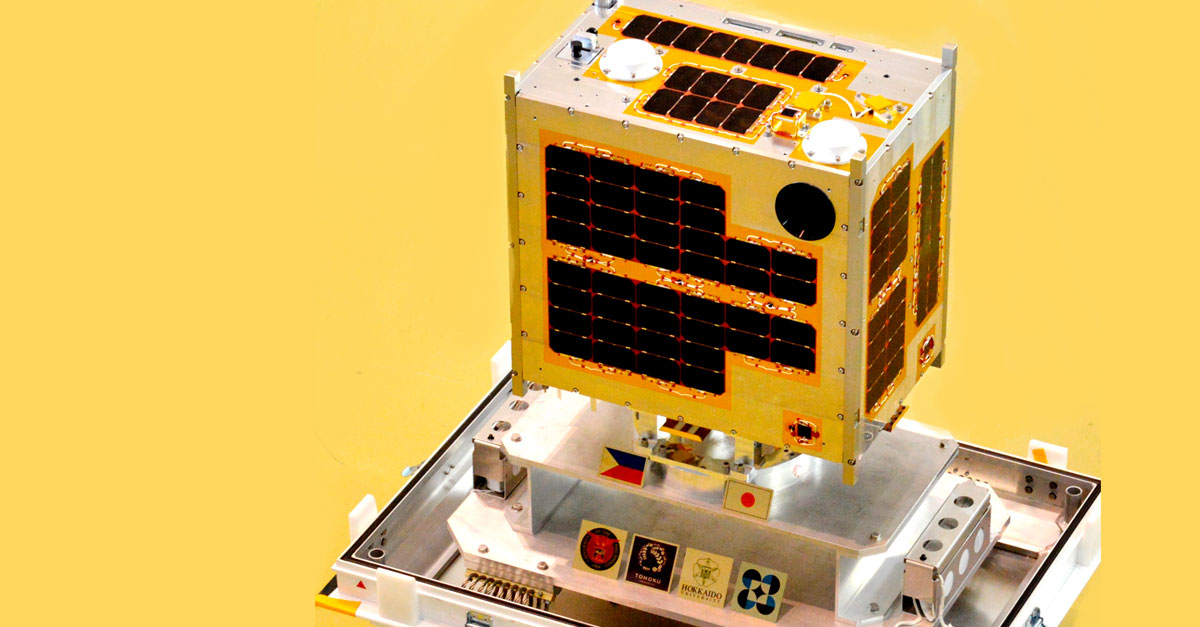
(Photo: Official Gazette)
MANILA, Philippines—The country’s first microsatellite, Diwata-1, on Saturday, March 26 has reached the International Space Station (ISS) through its carrier, US commercial spacecraft Cygnus.
Diwata-1 will be unloaded from Cygnus in the next few weeks, said Dr. Carlos Primo David, executive director of the Philippine Council for Industry, Energy and Emerging Technology Research and Development (PCIEERD) of the Department of Science and Technology (DOST). Diwata-1 is expected to be fully deployed in the third week of April.
The 50-kg Philippine Earth Observation Microsatellite is the first microsatellite designed, developed and assembled by Filipinos. Under the PHL-MICROSAT program, seven engineers from the University of the Philippines and two researchers from DOST’s Advanced Science and Technology Institute (DOST-ASTI) teamed with Japan’s Tohoku University and Hokkaido University to build the Philippine’s first microsatellite.
Diwata-1, a low earth orbit (LEO) satellite will fly 400km above the Earth.
It will be used to scale the damages caused by natural disasters. It will also monitor changes in cultural and natural heritage sites, vegetation, and oceans productivity using its high precision telescope (HPT) and spaceborne multispectral imager (SMI) with LCTF.
Its wide field camera will accurately predict weather disturbances while its middle field camera will determine the locations of images taken by the microsatellite.
The data and images that Diwata-1 would gather will be sent to Philippine Earth Data Resources and Observation (PEDRO) Center at Subic Freeport in Zambales where these data will be processed into information that will be disseminated to government agencies.
As part of PHL-MICROSAT 3-year program, the project will launch another Filipino-made microsatellite, Diwata-2, in 2017.